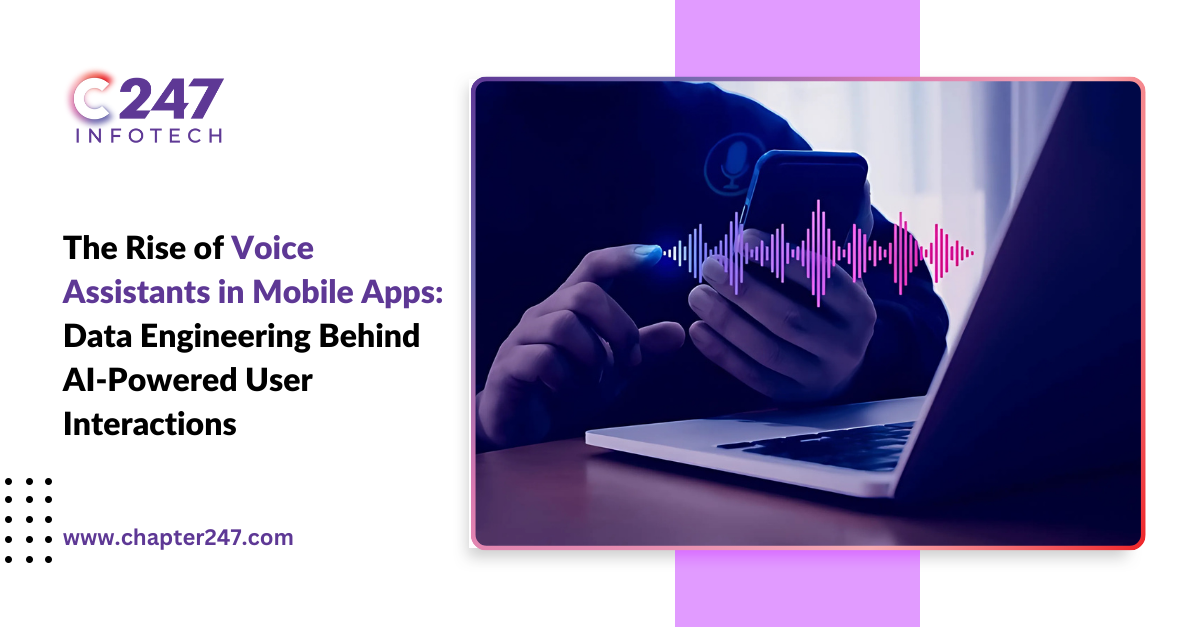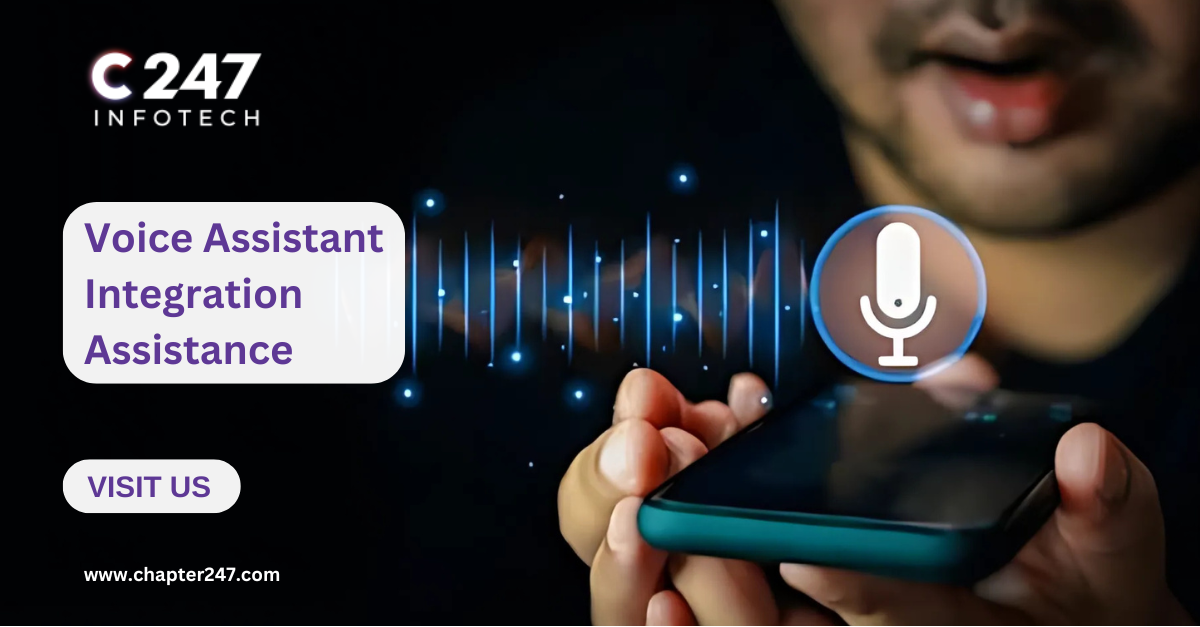Intelligent assistants are now setting new paradigms of how people interact with mobile applications. They help us in all areas of our existence and reduce the time required to do anything. From receiving a message through Siri to being alerted by Alexa or even searching the internet through Google Assistant, we use voice assistants nowadays. But what powers these Smart Interactions? Thus, let us move directly into the voice assistant territory and consider the capability of performing miracles with data engineering.
Voice Assistants: A Brief Introduction
Smart speakers are voice interface assistants based on artificial intelligence that recognise and respond to the user’s voice. In particular, it employs natural language processing tools to listen to people’s interactions and act accordingly. In making someone wake up, making a lamp required, or even switching off power, their functions do not extend to that. Other computer uses are suitable and compatible with mobile applications, allowing the user to conduct specific tasks without requiring typing or moving through different options.
Why There is a Growing Trend with Voice Assistants?
Voice assistants are popular for three main reasons: convenience, accessibility, and speed. Customers want as much of them as possible because they can be easily and quickly delivered. Voice is faster than text, which suits users without time to sit down and type.
Voice features also enhance the ease of driving, especially for disabled people, as all operations can be done through touch. The main reason developers implement voice features into mobile applications is to follow the trends in their field and meet consumers’ expectations.
How advanced is the Data Engineering of Voice Assistants?
In actuality, the voice assistants’ core resides within data engineering. Such processes include information acquisition, handling, and intensive calculations to make voice-based communication seem smooth feedback. Here’s a simplified breakdown:
Data Collection
Voice-recognisable data is produced every time the user interacts with this service through intelligent assistants. Examples of such data include voice commands, user preferences, and even social settings. For example, if you are to teach the device to play songs like, ‘play my favourite song,’ it understands what song is your favourite from our previous interaction.
Speech Recognition
We perceive words in spoken language, and the assistant converts them into text using a technique known as automatic speech recognition. As the name suggests, this technique employs machine learning mods, utilising speech data amounting to thousands of hours. These mods can identify different accent dialects and even tones.
Natural Language Processing.
NPL enables the assistant to understand what you would like to say. For instance, turning a phrase of “Tell me the weather” the machine listens to it as “What is the weather?” NLP assists the system in understanding the intent behind the question and creates a list of keywords, maybe “weather.”
Data Storage and Management
Understanding that Voice assistants all your information in the cloud is helpful. This information is processed with the help of higher–order database systems that allow extracting it and implementing real-time processing. To make sure the users keep their privacy preserved, the engineers take the role of ensuring data security.
Response Generation
If the assistant understands what you are telling them to do, it will generate a response to that specific query. This includes database questioning, algorithm deployment, and voice synthesis. For example, the assistant is looking for mapping services and speaking them out using basic prompts, such as asking for directions.
AI Models Powering Voice Assistants
Voice assistants are AI-based systems that are embedded in everyday devices. These models apply machine learning techniques, deep learning techniques, and artificial neural networks to increase the accuracy and result relevance. Key components include:
- Language Models: These estimate the following word or phrase, considering the current context. They allow assistants to respond to a question or communicate.
- Speech Synthesis: Text-to-speech (TTS) converts written content into speech miming the human voice. Current TTS systems are natural and portray suitable expressions during the synthesis of the speech signal.
- Reinforcement Learning: Assistants can also learn from their human users’ feedback to improve performance. For example, if you correct a misunderstood command, the system learns well under the following circumstances.
Benefits Of Voice Assistants in Mobile Apps
Having a voice assistant in the mobile application is more attractive. The additional options, such as voice commands, fast work, and easy control, result in high interest. B2C apps spanning commerce, healthcare and more make voice work for them in acquiring and engaging customers. For example:
- E-commerce: Voice assistants allow for voice searches. They help navigate and select products.
- Healthcare: Users are thus able to make appointments or learn some medical information all through voice distortions.
- Entertainment: There’s voice search and control for apps like Spotify, where you can search for and play content using voice only.
Conclusion
Voice assistant integration is now standard in mobile apps, thus changing how users engage with them. Hiding under the facade of each bubble are all the data engineering and artificial intelligence models. Given technology’s progress, the future should herald even more natural, individual, and easy-to-access voice-controlled experiences. Depending on the next year of mobile apps, voice control will dominate our lives and make everything more manageable than we could imagine








